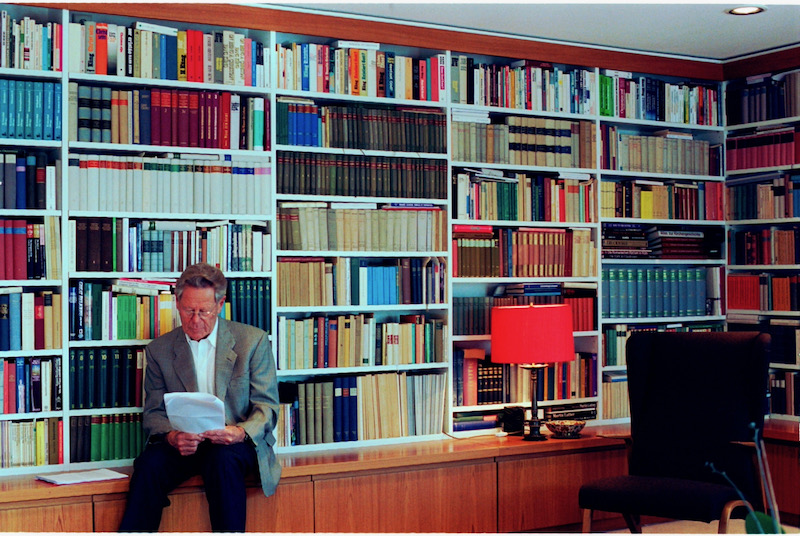A leading church historian fears that a future conclave run according to the current rules is open to catastrophe. He urges Pope Francis to make reforms to the voting procedure
Here is a scenario from an imaginary future conclave: white smoke from the chimney above the Sistine Chapel; the cardinal protodeacon appears on the balcony of St Peter’s to declare Habemus papam; the purple mozzettas crowd around the side windows; the newly elected pope steps out. And as he smiles and humbly introduces himself to the crowds in the square, a lone social media post makes a stunning allegation. Within seconds, the story is across the internet: the elected cardinal, when he was bishop, had received a hypothetically credible complaint of an abuse committed by a priest and had waited, or waited too long, before acting. The accused priest had gone on to commit further crimes. In the square and in the press boxes, eyes drop from the balcony to their smartphones. Enthusiasm gives way to embarrassed silence. The pope steps back inside, and resigns. The see is again vacant.
The first episode of a third series of Paolo Sorrentino’s The New Pope? The prelude to a new western schism, with some cardinals giving their obedience to the accused, whose election they hold to be valid, and some to his successor? The result of a conspiracy by hostile forces to bring the Church to its knees? No. But it could happen. And it’s a scenario that in my view demands an urgent revision of the rules governing the election of popes.
Actually, it’s been customary for centuries to reform the norms that govern the election of the bishop of Rome. From the second half of the nineteenth century, every pope has done so, sometimes ordering detailed and incisive changes. This is how the voting rights of excommunicated cardinals came to be preserved, how the clause annulling simoniac elections was abrogated, how the veto power of Catholic heads of state was cancelled, and how the rule excluding cardinals aged 80 and over from the conclave was established.



